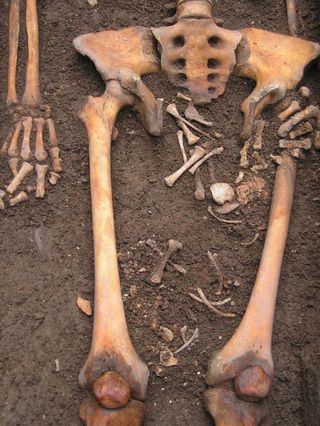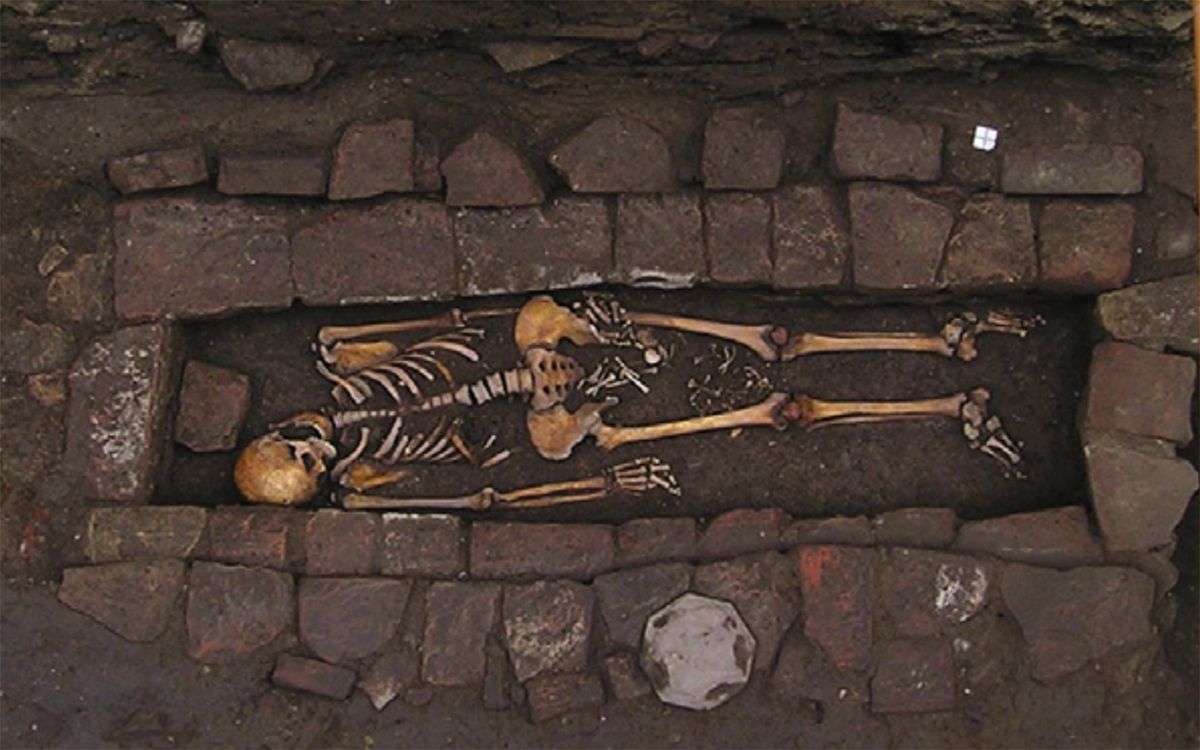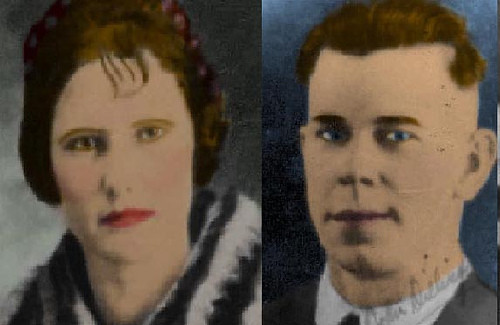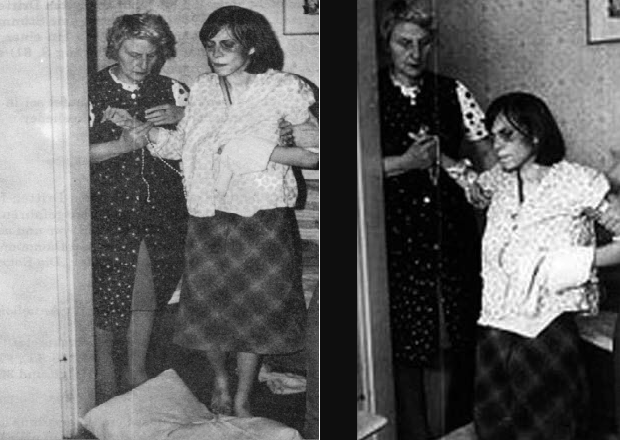The Mystery of Postmortem Births: Unveiling Coffin Birth
Explore the rare phenomenon of coffin birth, a postmortem occurrence where a deceased pregnant woman gives birth. Learn about its causes, historical cases, and cultural impact.
What is Coffin Birth?
Coffin birth, also known as postmortem birth, is a rare and intriguing phenomenon where a deceased pregnant woman expels a fetus from her body after death. This unusual event occurs due to the build-up of gases in the deceased’s body during decomposition. When the pressure from these gases becomes sufficiently high, it can force the fetus out of the womb.
Historical Context
Historically, coffin birth was often misunderstood and surrounded by myths and superstitions. In many ancient cultures, it was seen as a sign of divine intervention or supernatural forces. The term “coffin birth” itself is a modern nomenclature, but the phenomenon has been documented in various historical records, indicating its occurrence across different eras and cultures.
Causes and Mechanisms of Coffin Birth
Physiological Explanation
The process leading to coffin birth is rooted in the decomposition of the body. After death, the body’s natural processes halt, but bacteria continue to break down tissues. This decomposition generates gases, primarily methane and carbon dioxide. In pregnant women, the expanding gases can exert enough pressure to push the fetus out of the uterus.
Factors Contributing to Coffin Birth
Several factors can increase the likelihood of coffin birth:
- Advanced Decomposition: The more advanced the decomposition, the higher the gas pressure.
- Body Position: The position of the body in the coffin can influence the direction of gas pressure.
- Pregnancy Stage: A more developed fetus is more likely to be expelled due to its size and weight.
Historical Cases and Records
Historical Documentation
One notable case of coffin birth was documented in the early 19th century in France. During an autopsy, medical professionals discovered a fetus expelled from a deceased pregnant woman. This case, along with others in historical records, provided early evidence of this phenomenon, though it was often misinterpreted or dismissed.
Evidence and Documentation
Evidence of coffin birth has been found in historical texts and medical journals. These documents describe the circumstances under which the phenomenon occurred and offer insights into how different cultures perceived it. For instance, some medieval texts referred to the occurrence as a “miraculous event” or a sign of divine displeasure.
Coffin Birth in Modern Times

Modern Incidence
In modern times, coffin birth remains a rare occurrence, largely due to advances in burial practices and medical understanding. With the use of embalming and modern burial techniques, the incidence of coffin birth has decreased. However, it still occasionally occurs, particularly in cases where traditional burial practices are followed.
Contemporary Medical Understanding
Modern medicine provides a clearer understanding of coffin birth through the study of decomposition and gas formation. Research into postmortem changes has helped clarify the conditions under which coffin birth can occur. This knowledge is crucial for forensic scientists and pathologists in interpreting unusual cases.
Cultural and Social Implications
Cultural Beliefs
Coffin birth has been interpreted differently across various cultures. In some societies, it was believed to be a supernatural sign, while others saw it as a marker of spiritual or moral judgment. In contemporary times, cultural perceptions of coffin birth are often shaped by media portrayals and historical myths.
Social Impact
The social impact of coffin birth can be profound, particularly for the families of the deceased. The phenomenon can lead to additional grief and confusion, especially if it is misunderstood or if it challenges cultural or religious beliefs. Awareness and education about coffin birth can help alleviate some of these impacts.
Summary of Key Points
Coffin birth is a rare postmortem phenomenon where a fetus is expelled from a deceased pregnant woman due to gas buildup during decomposition. Historically misunderstood and often surrounded by myth, coffin birth is now better understood through modern medical and forensic science. The phenomenon has significant cultural and social implications, influencing how it is perceived and addressed in various contexts.
This article should provide a comprehensive overview of coffin birth, covering its definition, historical context, causes, modern understanding, and cultural impact.
References:
- History Defined: Coffin Birth https://www.historydefined.net
- Wikipedia: Postmortem Birth https://en.wikipedia.org/wiki/Postmortem_birth






